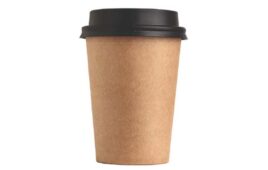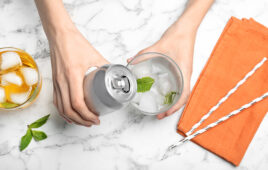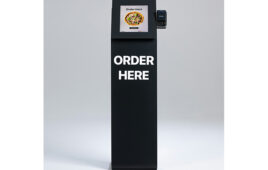 The health and beauty aids (HBA) category in convenience stores doesn’t fit neatly into traditional marketing and promotional packages like other c-store staples, despite heavy manufacturer advertising in print, on television and through social medial channels. It’s not like a loyalty program offering “buy 10 lip balms, get one free” will drive foot traffic. Sure, some HBA manufacturers offer coupons, but that incentive typically involves high-volume sales at big box or grocery stores, not the occasional one-off purchase more common to c-stores. So, how do category managers and convenience store operators grow HBA sales?
The health and beauty aids (HBA) category in convenience stores doesn’t fit neatly into traditional marketing and promotional packages like other c-store staples, despite heavy manufacturer advertising in print, on television and through social medial channels. It’s not like a loyalty program offering “buy 10 lip balms, get one free” will drive foot traffic. Sure, some HBA manufacturers offer coupons, but that incentive typically involves high-volume sales at big box or grocery stores, not the occasional one-off purchase more common to c-stores. So, how do category managers and convenience store operators grow HBA sales?
The first step is to identify sales histories for the myriad products that fall under the HBA classification. Of course, not every store will experience identical purchase patterns, and for some businesses, there may be no discernable predictors. However, the data could indicate what items lead the category, which ones generate seasonal transactions and which products are merely the occasional purchase. From this information, in-store marketing efforts, such as discounts or bundle offers tied to other products, can be developed and tested.
Inventory control also will help the category’s return on investment. Carrying items that sit for prolonged periods not only affect the category’s overall profitability, but also take up valuable shelf space that could be used for more high-performing HBA products.
Seasonal rotation is another inventory strategy to consider as a means to stimulate sales. Switch up shelf position to highlight fall/winter or spring/summer products. Add simple signage to remind people that the store carries cold/allergy/sinus remedies during cold and/or pollen seasons. As temperatures climb, promote sunscreens.
Introducing new products from time to time also can pique customer curiosity. Just like new chip flavors can prop up snack sales, new HBA items can boost category performance. Probably the most dramatic example of this phenomenon is the addition of masks and a greater selection of hand sanitizers to address demand during COVID-19.
However, don’t just add something new for the sake of adding something, because that could end up being a cost, not profit. If cosmetics rarely get rung up at the register, then it’s not going to pay to add new shades of eyeshadow, for example. But if condoms deliver regular sales, then it could be worth the investment adding new options. If a significant percentage of clientele is always looking for better-for-you or responsibly sourced items, then mix in some natural or organic brands.
While the HBA category probably won’t match sales performances with other, bigger in-store categories, that doesn’t mean it isn’t worthy of the occasional promotion or inventory makeover to grow sales.




